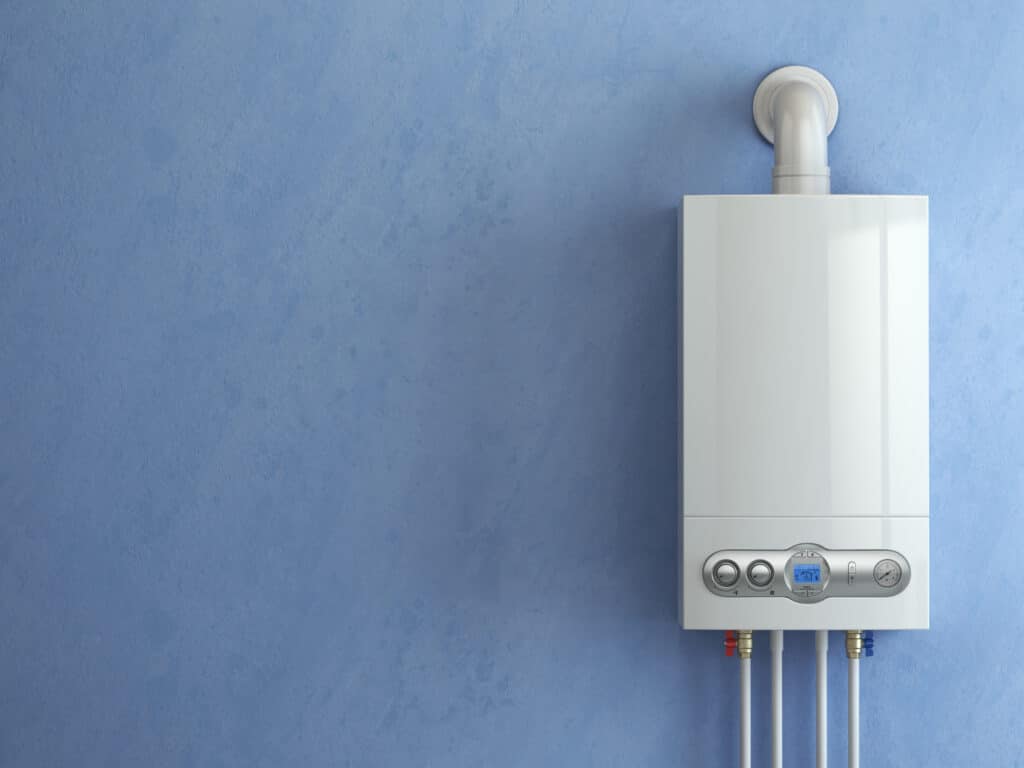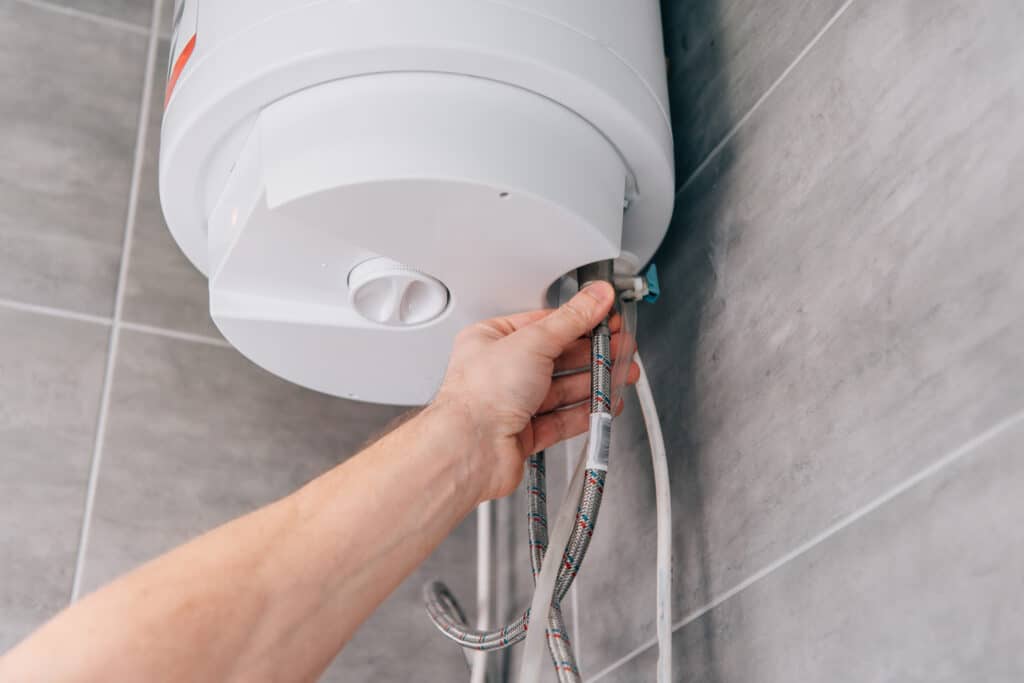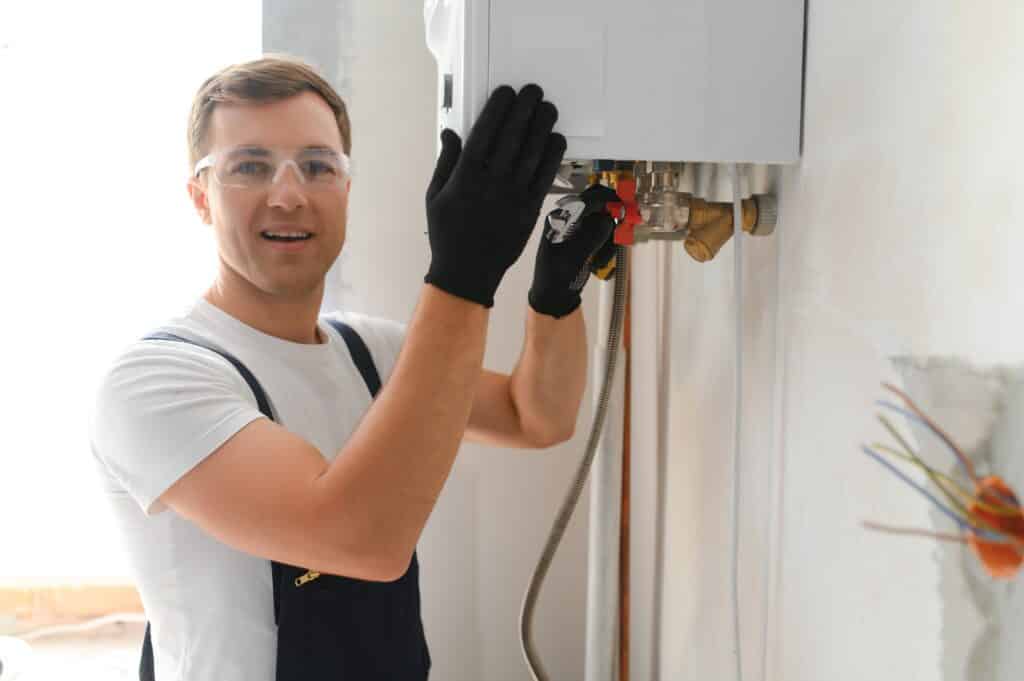Are you tired of running out of hot water midway through your shower? Or perhaps you want to upgrade your home’s water heating system for increased energy efficiency and cost savings. If so, it might be time to consider installing a tankless water heater. Tankless water heaters, also known as on-demand or instantaneous water heaters, provide hot water only when needed, eliminating the need for a bulky storage tank and ensuring a constant hot water supply. This comprehensive guide will walk you through everything you need to know about tankless water heater installation.
Why Choose a Tankless Water Heater?

Before diving into the installation process, it’s essential to understand why tankless water heaters are a popular choice for homeowners:
- Energy Efficiency: Unlike traditional water heaters that continuously heat and store water, tankless water heaters heat water on demand, resulting in significant energy savings.
- Space-Saving Design: Tankless water heaters are compact and can be installed virtually anywhere, freeing up valuable space in your home.
- Endless Hot Water: Say goodbye to cold showers! Tankless water heaters provide a continuous hot water supply, ensuring you never run out during peak usage.
- Longevity: With proper maintenance, tankless water heaters typically last longer than traditional water heaters, saving you money in the long run.
Now that you understand the benefits let’s delve into the installation process.
Tankless Water Heater Installation Steps

1. Determine Placement
The first step in installing a tankless water heater is determining the best location. Tankless water heaters can be installed indoors or outdoors, depending on your preferences and local building codes. When choosing the installation site, consider proximity to gas and water lines, ventilation requirements, and available space.
2. Assess Ventilation Needs
Proper ventilation is crucial for the safe operation of a tankless water heater. If installing indoors, ensure adequate airflow to prevent the buildup of carbon monoxide and other potentially harmful gases. Follow the manufacturer’s guidelines regarding ventilation requirements and consider consulting a professional if unsure.
3. Prepare Utilities
Before installing the tankless water heater, shut off the water and gas supply to the existing water heater. Disconnect any plumbing and gas lines, and remove the old unit if necessary. Make any necessary adjustments to the gas and water lines to accommodate the new tankless water heater.
4. Mount the Unit
Once the utilities are prepared, mount the tankless water heater securely to the wall using the appropriate hardware. Ensure the unit is level and securely attached to prevent accidents or damage.
5. Connect Plumbing and Gas Lines
Carefully connect the plumbing and gas lines to the tankless water heater according to the manufacturer’s instructions. Use high-quality materials and fittings to prevent leaks and ensure proper operation. Test the connections for leaks before proceeding to the next step.
6. Install Venting System
If installing indoors, install the venting system according to the manufacturer’s specifications. Venting requirements may vary depending on the fuel type (natural gas, propane, electric) and the unit’s location. Follow local building codes and regulations to ensure compliance and safety.
7. Power Up the Unit
Once all connections are made, turn on the water and gas supply to the tankless water heater. Follow the manufacturer’s instructions for initial startup and programming. Test the unit to ensure that hot water is flowing correctly and that there are no issues with operation.
Post-Installation Tips for Tankless Water Heaters

Now that your tankless water heater is up and running, it’s essential to follow these post-installation tips to ensure optimal performance and longevity:
1. Set the Temperature
Most tankless water heaters allow you to set the desired water temperature digitally. Set the temperature to a comfortable level for your household while considering energy efficiency. Typically, a temperature range of 120°F to 140°F (49°C to 60°C) is recommended to prevent scalding while still providing ample hot water.
2. Flush the System Regularly
Over time, mineral deposits and sediment can accumulate inside the tankless water heater, affecting its efficiency and performance. To prevent this buildup, flush the system regularly according to the manufacturer’s recommendations. Flushing the system removes any debris and ensures that your tankless water heater continues to operate at peak efficiency.
3. Schedule Maintenance Checks
Like any other appliance, tankless water heaters require regular maintenance to keep them running smoothly. Schedule annual maintenance checks with a qualified technician to inspect the unit, clean components, and address potential issues before they escalate. Regular maintenance can extend the lifespan of your tankless water heater and prevent costly repairs down the road.
4. Monitor for Leaks
Periodically inspect the area around your tankless water heater for any signs of leaks or water damage. Check the connections, fittings, and pipes for signs of corrosion or moisture buildup. Address any leaks promptly to prevent water damage and ensure the continued operation of your tankless water heater.
5. Consider Water Softening
If you live in an area with hard water, consider installing a water-softening system to protect your tankless water heater from scale buildup. Hard water contains high levels of minerals such as calcium and magnesium, which can accumulate inside the unit over time. A water softener can help reduce scale buildup, prolonging the life of your tankless water heater and improving its efficiency.
6. Insulate Hot Water Pipes
Consider insulating the hot water pipes connected to your tankless water heater to minimize heat loss and improve energy efficiency. Insulation helps retain heat and ensures hot water reaches its destination without losing temperature. This simple upgrade can reduce energy consumption and lower utility bills.
Contact Workhouse For Tankless Water Heater Installation
Embracing the installation of a tankless water heater marks a significant step towards a more efficient and comfortable home. With endless hot water and energy savings, you’re poised to enjoy a superior water heating experience. Should you explore this upgrade further or require professional assistance, don’t hesitate to contact Workhouse. Our seasoned technicians stand ready to guide you through the selection process and execute a flawless installation. Bid farewell to the days of chilly showers and usher in a new era of uninterrupted hot water with a tankless water heater from Workhouse. Your comfort and satisfaction are our top priorities.







